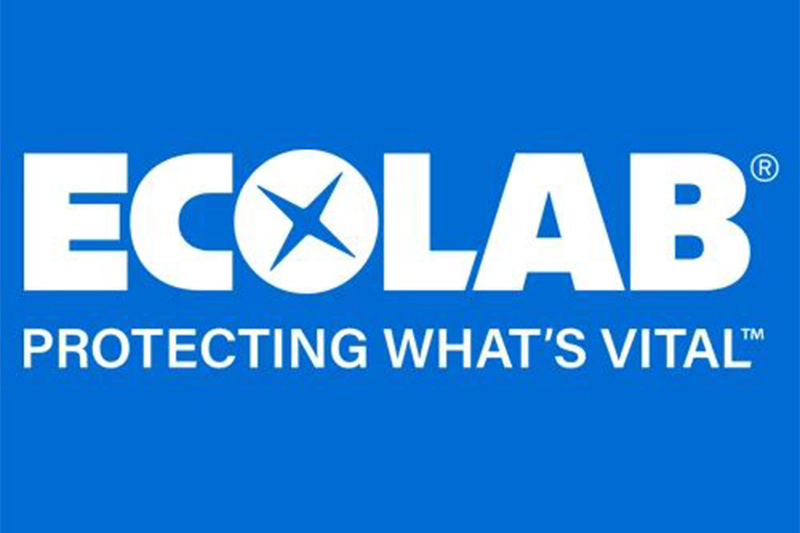Managing microbial risk in the environment of a personal care facility is a difficult task. Personal care products are frequently made from non-sterile raw materials obtained from several suppliers in non-sterile facilities, thus risks to the product and consumer can arise from starting materials, operations, people, inadequate cleaning and sanitisation or from facility construction or changes.
With fewer and fewer preservatives permitted for use by the regulators, proactively assessing the risks and then managing them is the only way that companies can make products safe and ultimately stay in business.
Microbes may be benign in some products for some people, but in other products they can make particular groups of consumers critically ill
It is the role of the microbiologist to assess, manage and communicate those risks effectively to the management. But unless that management has a good understanding of microbiology, this latter task can be immense. Microbiological risk presents a particular challenge for non-microbiologists to fathom, explained Neil Lewis, Global Household Care Microbiologist, Procter & Gamble. Because most people (chemists, engineers and other disciplines) think in absolutes, they find it hard to deal with microbial risk, he said. Microbes can arrive from several places, grow from a few numbers to large colonies in a short space of time, move and migrate, withstand the harshest of conditions and are invisible to the naked eye. They may be benign in some products for some people, but in other products they can make particular groups of consumers critically ill.





